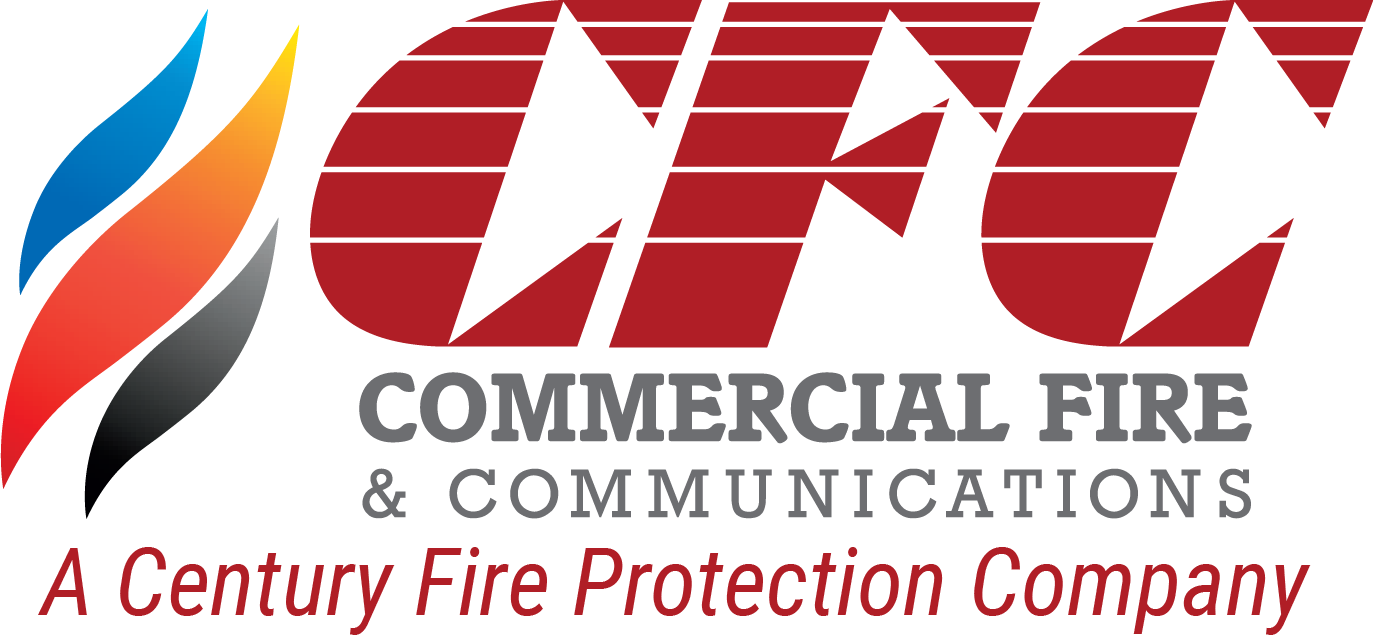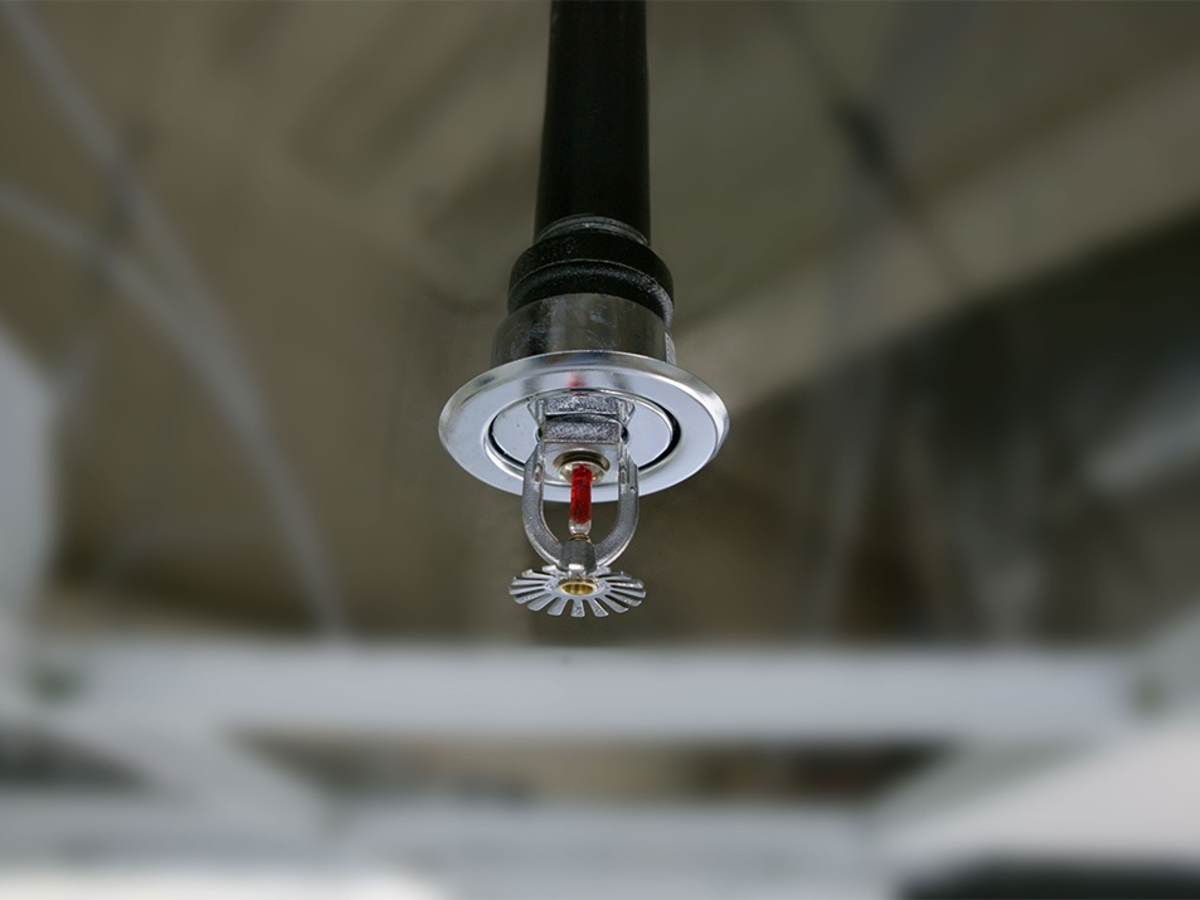While most elements of your fire alarm system will be subject to quarterly or annual inspections, sprinkler heads are an exception to the rule. For sprinkler heads, the frequency of inspection will depend on their type and condition. These guidelines are just the minimum requirements. You should immediately check the sprinkler head if you see signs of corrosion, leakage, or damage. Otherwise, you can conduct inspections for each type as follows:
Standard: Inspect fifty years after installation and then every ten years.
Quick response: Inspect twenty years after installation and then every ten years.
Dry pendent: Inspect every ten years.
Extra high: Inspect every five years.
How inspectors evaluate your fire sprinklers
During a fire sprinkler inspection, your inspector will select a representative sample (at least 1% of all sprinklers) of each type of sprinkler head to evaluate. Then, their inspection will assess the equipment based on several criteria. Some inspections will be visual only, while others will test functionality. These are the general requirements for UL testing of sprinkler heads:
Performance: The sprinkler head must meet the performance requirements specified by the applicable standards and codes, including the National Fire Protection Association (NFPA) standards and Underwriters Laboratories (UL) test standards.
Durability: The sprinkler head must be tested to ensure it functions properly during a simulated lifetime of 50 years, including exposure to varying temperatures and pressures.
Reliability: The sprinkler head must be tested to ensure it will activate when needed without any false activations that could cause damage or injury.
Compatibility: The sprinkler head must be compatible with the system it is designed for and should be tested with that system to ensure proper operation.
Corrosion resistance: The sprinkler head must be tested for corrosion resistance, including exposure to harsh chemicals and environmental conditions.
Material quality: The sprinkler head must be evaluated for the quality of materials, including resistance to impact damage and strength under varying environmental conditions.
Integrity: The integrity of the sprinkler head must be verified, including testing of the head’s sealing mechanisms, threads, and other components.
Installation: The sprinkler head must be tested for proper installation and function. The inspection will also evaluate the head’s connection to the piping system and check the functioning of any required valves or pressure regulators.
Please don’t wait until it’s too late. Contact CFC today to schedule your fire sprinkler head inspection and ensure your property is well-protected! Take advantage of our knowledgeable staff and commitment to excellence to guarantee peace of mind, now and in the future.

